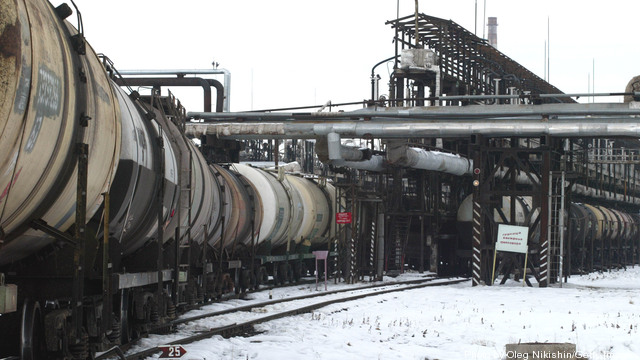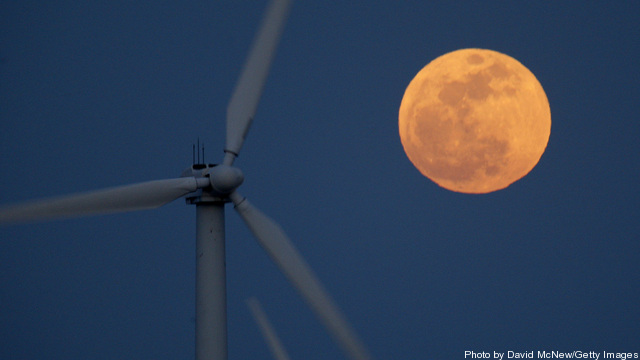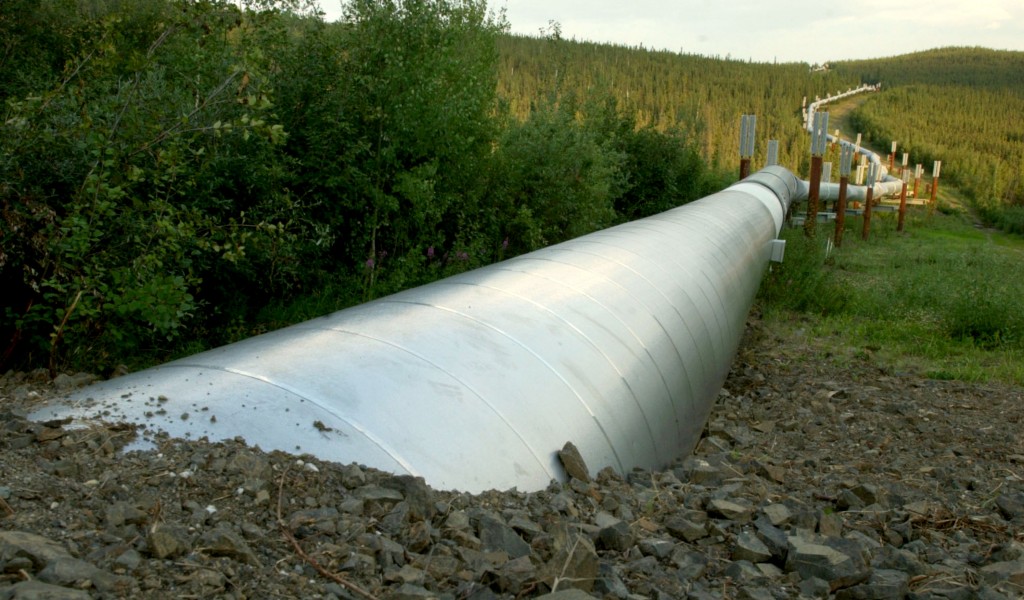The 525,000 barrel per day pipeline designed to transport diluted bitumen from Northern Alberta’s oil sands development projects to the Pacific Coast in Kitimat, British Columbia received federal government approval after the markets closed yesterday. There are many hurdles yet to negotiate before Enbridge – the pipeline company proposing the project – can reach a… Keep reading →
Enbridge
Energy News Roundup: Northern Gateway Pipeline Approved & Climate Change to Impact Energy Infrastructure
By Jared AndersonSign up and get Breaking Energy news in your inbox.
We will never sell or share your information without your consent. See our privacy policy.Enbridge’s 110 MW Texas wind project will deliver electricity to the ERCOT market under a 20-year agreement with Microsoft Corporation. On January 6, 2014, Canada’s Enbridge Inc. announced an agreement with Renewable Energy Systems Americas Inc. (RES Americas) to construct the Keechi Wind Project, a 110 MW wind energy project in Texas, at a cost… Keep reading →
TransCanada’s proposed Energy East pipeline could provide Canada with an outlet for Alberta’s oil sands that sidesteps political opposition obstructing competing projects heading south and west. But with the shift in oil demand growth from the Atlantic Basin to the Pacific, moving oil east may be a second-best solution. TransCanada’s Keystone XL and Enbridge’s Northern… Keep reading →
Alberta Energy Minister Hughes Discusses Options if Keystone XL not Approved, and More
By Jared Anderson
An industry source told Breaking Energy last November the two greatest challenges companies operating in Alberta’s oil sands region face are access to markets and skilled labor. Alberta Energy Minister Ken Hughes elaborated on these and other issues during a recent phone call.
In a scenario where the Keystone XL Pipeline is not approved by the Obama Administration, Minister Hughes said companies have lots of different options and that rail has become “compelling.” Although generally less efficient than transporting oil via pipeline, rail could be used to bring Canadian oil as far as the Gulf Coast and maybe the West Coast and Mid-continent as well, he said. Keep reading →

It appears increasingly likely that Venezuelan President Hugo Chavez will not return to power following his latest cancer treatment in December and analysts are considering the implications of a post-Chavez regime for one of the largest crude oil producers in the world.
Venezuela holds some of the world’s largest oil reserves and is the second largest Opec oil exporter to the US. Oil revenue accounts for a bulk of the government’s income and has largely been used to fund Chavez’s wide-ranging social programs. But the country’s oil industry – which is essentially state-owned company PDVSA – has been struggling with declining production rates at mature fields, along with other problems. Keep reading →
The refineries along the US East Coast sit close to some of the globe’s largest energy demand centers, but face such high prices for the crude they process that many have struggled to make money. Many import crude oil from Africa and the Middle East, and have been cut off from cheaper supply recently surging out of the middle and west of North America by limits on transportation infrastructure.
Companies like Enbridge, which presented recently at the US Association for Energy Economics, are seeking solutions to a bottleneck that is preventing lower-priced crude from competing on global or even national markets. Much oil currently travels by rail, as we’ve noted on Breaking Energy before, and may increasingly go multi-modal, from pipelines into rail cars and vice versa as it wends its way to energy-hungry Eastern US and Eastern Canadian markets. Keep reading →
For several years the focus of the energy sector has been on the supply side. A lingering economic recession has kept demand pressures from building across much of the sector – crude oil being an exception at times – and the notable surge in supply of natural gas and even domestically produced oil has turned analysis and forecasting to focus on the impacts of more supply.
That trend was in evidence at the US Association for Energy Economics summit in November in Austin, Texas, where panelists from companies including Williams, Enbridge and Ranger Midstream discussed the impact supply side revisions have had on their businesses. The significant opportunity to displace imported oil is highlighted by speakers here, noting the trend days before the release of an International Energy Agency report that forecast the US could become the single largest oil producer in the world. Keep reading →

Enbridge said it has secured funding for $2.6 billion in additional pipeline projects linking western Canadian oil to eastern markets, while Enbridge Energy Partners said it will spend $360 million to expand its crude-oil mainline system. Enbridge said its Eastern Access expansion projects will include the expansion of its Toledo pipeline, which connects with the Enbridge mainline in Stockbridge, Mich., and serves refineries at Toledo, Ohio, and Detroit, and a rereversal of its Line 9B from Westover, Ontario to Montreal to serve refineries in Quebec. The company previously announced plans for a rereversal of Line 9A from Sarnia, Ontario to Westover.

The looming bottleneck for Canadian oil sands crude isn’t getting into the US, it’s getting out of the Midwest.
A panel of energy experts told the Senate Energy and Natural Resources Committee January 31 in Washington, DC that Canadian oil producers won’t run out of pipeline capacity to ship additional crude across the US border until about 2019. Keep reading →

President Obama upped the ante with Republicans Wednesday, saying their “rushed and arbitrary” 60-day deadline for finding whether TransCanada’s controversial Keystone XL pipeline is in the public interest was too short, and telling Secretary of State Hillary Clinton to reject the project.
Obama specified his decision was not made on the merits of the 1,700-mile pipeline from Alberta, Canada to a Nebraska terminal and then on to the Gulf of Mexico. The State Department said, “The Department’s denial of the permit application does not preclude any subsequent permit application or applications for similar projects.” Keep reading →



